The main cause of halitosis (bad breath) in dogs and cats is periodontal (dental) disease. Dental disease is the most common condition of pets today with 80% of dogs and cats over age three having some form. Left untreated, periodontal disease can cause tooth loss and damage other organs such as the heart, kidneys, and liver. Periodontal disease, including gingivitis (inflamed gums) and abscessed or fractured teeth is painful, although your pet may not show pain until the problem is severe.
During every annual wellness exam, one of our doctors will perform an oral exam to determine if your pet has developed plaque or tartar, if there are any cracked or broken teeth, and if the gums look healthy. A dental “grade” will be recorded from zero which indicates no tartar or cracked or broken teeth and healthy gums to four which signifies a heavy buildup of plaque, cracked or broken teeth that may need to be extracted, and/or abnormal spacing between the gums and teeth. Depending upon the results of this oral exam, we may recommend you schedule a dental prophylaxis (cleaning) for your pet.
Dental prophylaxis is done under general anesthesia and includes:
- A complete exam of the teeth, gums, tongue and lips that may not have been possible while your pet was awake.
- Supragingival scaling – the removal of plaque and calculus seen above the gum line. This is done with an ultrasonic scaler that is very similar to the one used in human dentistry.
- Subgingival scaling – a thorough cleaning of teeth under the gum line to remove disease-causing bacteria
- Polishing – smooths out the roughness on teeth caused by scaling to help prevent calculus from adhering to the tooth surface.
- Rinsing – to remove debris resulting from scaling and polishing.
In addition, our doctors may decide it’s necessary to take dental radiographs, extract broken or diseased teeth, and/or apply an antibiotic gel to diseased gums. We typically ask pet owners to give us permission to perform any of these services at check in; however, if we were unable to do so we’ll make every effort to contact you before completing the best course of medical treatment for your four-legged family member.
Prior to undergoing general anesthesia, blood work is drawn and tested for every pet. Blood work diagnostics include red and white blood cell counts, packed cell volume and organ chemistries. These reports are reviewed by each doctor after performing a complete medical exam on the day of the dental prophylaxis. All of these factors will be taken into account by the doctor who determines which drugs will be used to ensure each animal’s anesthesia experience is as risk-free as possible.
All dental prophylaxis patients have an intravenous catheter inserted and receive IV fluids during the procedure to help maintain blood pressure and hydration. In addition, heart rate, respiratory rate, blood pressure, and blood oxygen concentration are continuously reviewed and documented every five minutes by a certified veterinary technician. Following the procedure, the technician remains with your pet until it is awake and resting comfortably.
Proper dental care is an extremely important part of your pet’s overall health. After this procedure, we’ll encourage you to establish a dental care routine for your pet that includes regular brushing, rinsing, and/or the use of dental chews. If the procedure included multiple extractions, we’ll recommend a complimentary medical progress exam 10-14 days later so our doctors can make sure the affected areas are healing well.
For more information about or to schedule a dental prophylaxis, please call us at 630-598-0600.
